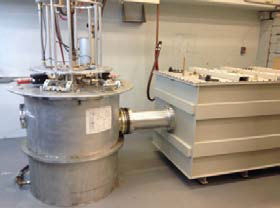 |
A three-year experimental research project, with theoretical and computational support, aims to confirm fundamental aspects of an as-yet untested two-beam collinear electron accelerator concept employing a detuned bimodal cavity structure. Details |
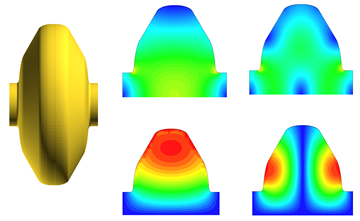 |
This program addresses significant scientific issues attending RF breakdown and pulsed heating phenomenon as they arise in high-gradient warm accelerator structures, and maximize acceleration gradients in these metallic structures without increasing the RF breakdown probability. Details |
 |
Synchrotron-based or FEL-based light source have been proven to be an essential tool in many areas of research, including materials science, chemistry, biophysics and biochemistry, medicine, and physics. But its applications set stringent requirements on the desired performance of the electron gun. Electron beam brightness is the deterministic factor in the performance of light source. The successful completion of this project should allow development of a novel electron beam source to meet such demands. Details |
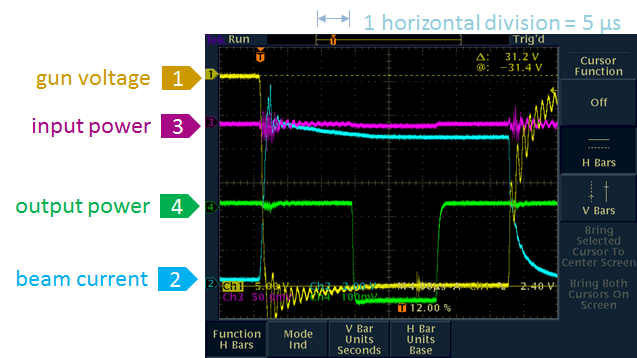 |
A research program of developing an L-band multi-beam klystron (MBK) with parameters relevant for a future International Linear Collider ILC is planned to be hosted at Beam Physics Lab. The chief distinction of this tube from MBKs already developed for ILC is its low operating voltage of 60 kV, a virtue that implies considerable technological simplifications in the accelerator complex. This MBK can be used as a high power RF source needed for future positron source for the applications of neutrino detector calibration as well. Details |
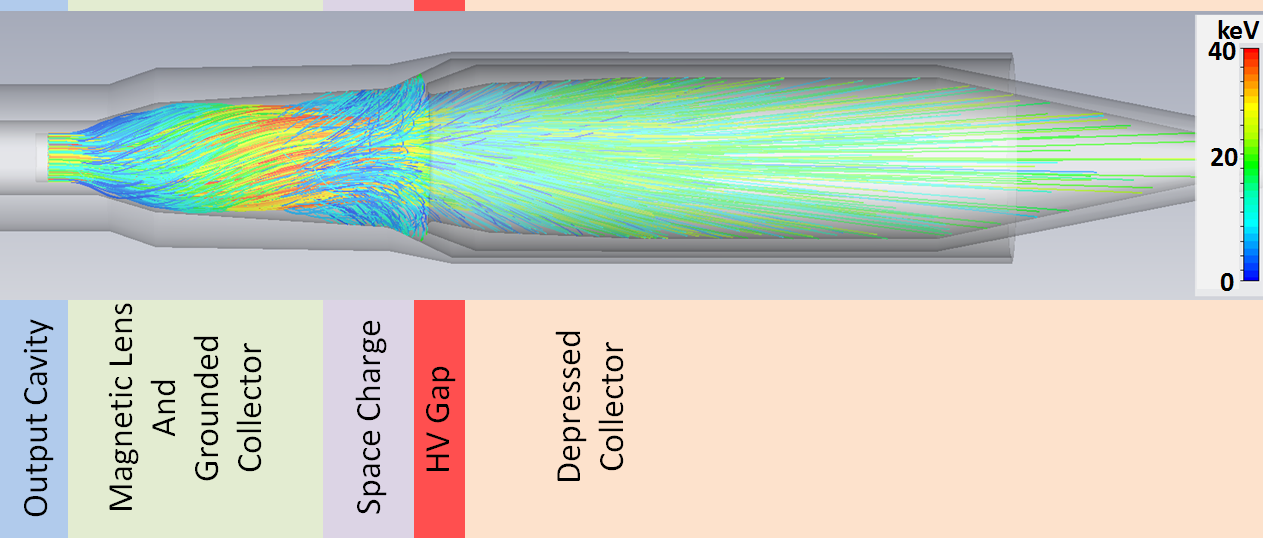 |
Partially Grounded Depressed Collector For most accelerators, major contributions to electrical inefficiency originate with magnets and RF systems. Consequently, power supplies and high-power RF sources are logical targets for efficiency improvements. To address RF source inefficiency, a multi-beam klystron with a new type of depressed collector is described here. This collector allows recovery of a larger portion of energy in the spent electron beams than could a conventional depressed collector, and will significantly increase the tube’s efficiency towards 80% in a single stage and cut waste heat nearly in half. Details |
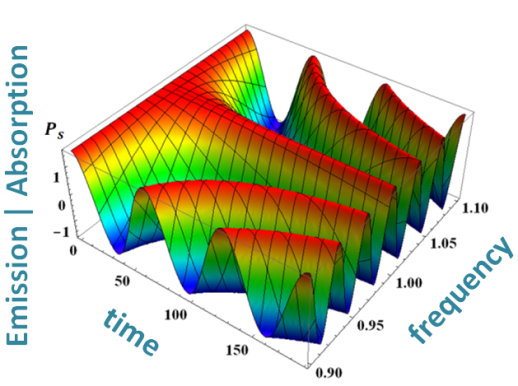 |
Precision measurement of neutrino mass is a probe for the physics beyond the standard model. Measuring the energy distribution near the end-point for beta-decay electrons can provide a means for inferring the neutrino mass. But identification of a near-end-point electron requires exquisite sensitivity, energy resolution, and discrimination against background signals. This project seeks to develop a precision spectrometer to simultaneously measure energy and momentum for electrons produced in rare nuclear events, such as the measurement of the energy distribution near the end-point for beta-decay electrons as a means for inferring the mass of the anti-electron neutrino. Details |
 |
Use of Beam Physics Lab facilities can provide a test beam of charged particles or photons for calibrating liquid scintillator detectors, especially for application in short baseline neutrino experiment. Details |
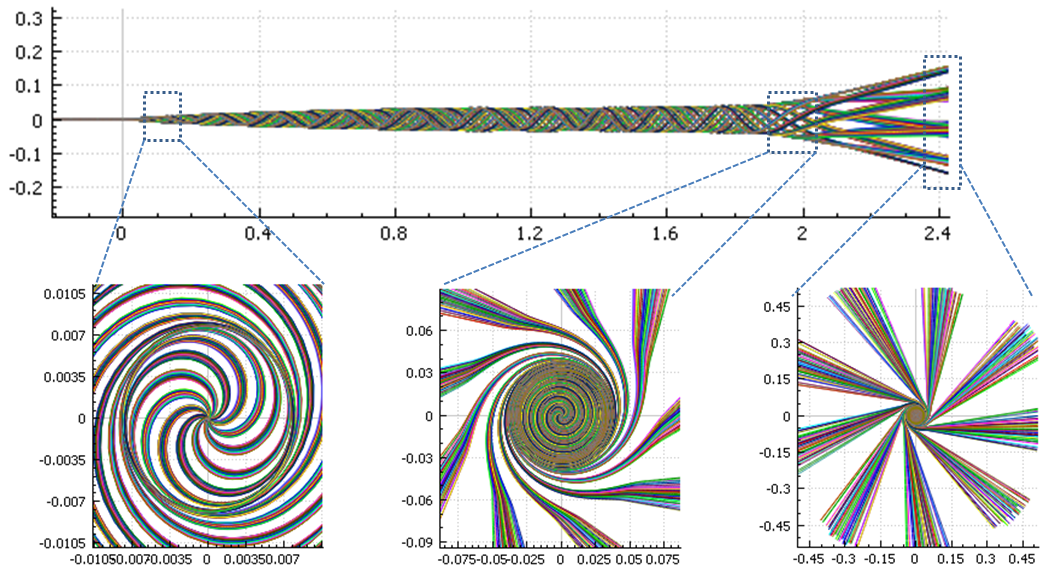 |
Accelerator-Based Environment Remediation A design and engineering study is described here for a MW-level electron beam source for environmental remediation based on extensions of the scientifically-proven Cyclotron Autoresonance Accelerator, dubbed CARA. CARA is distinguished by its exceptionally-high RF-to-beam efficiency, by its production of a self-scanning beam, and by its proportionately lower specific power loading on a beam output window. Details |